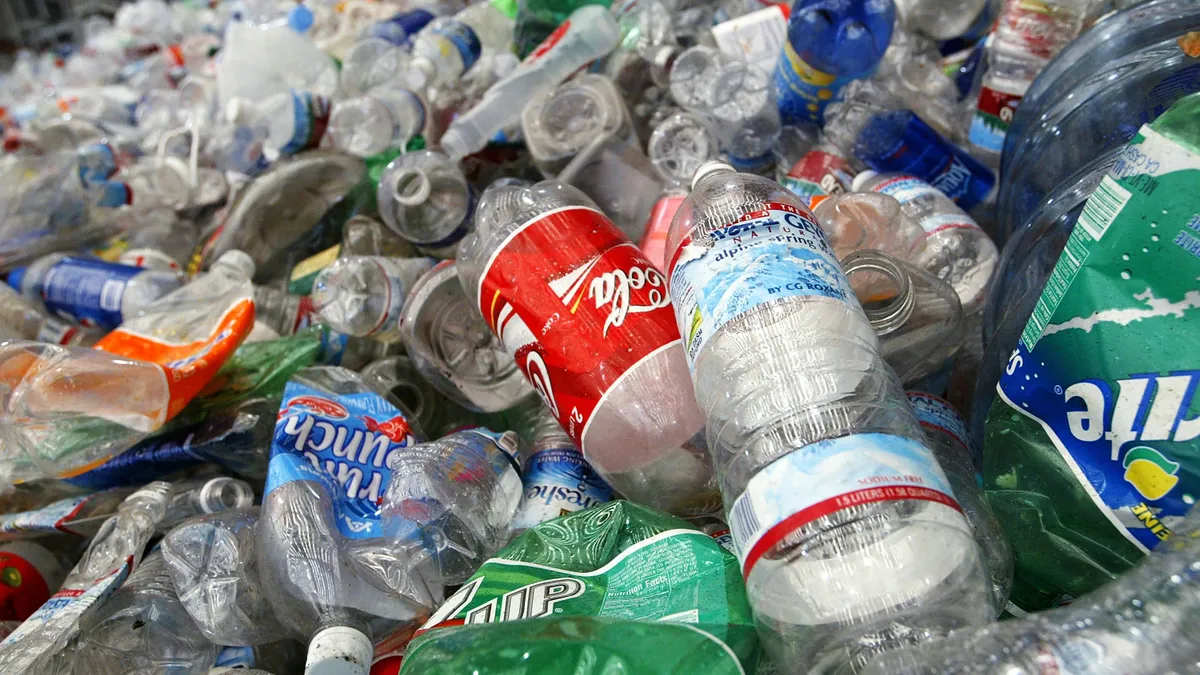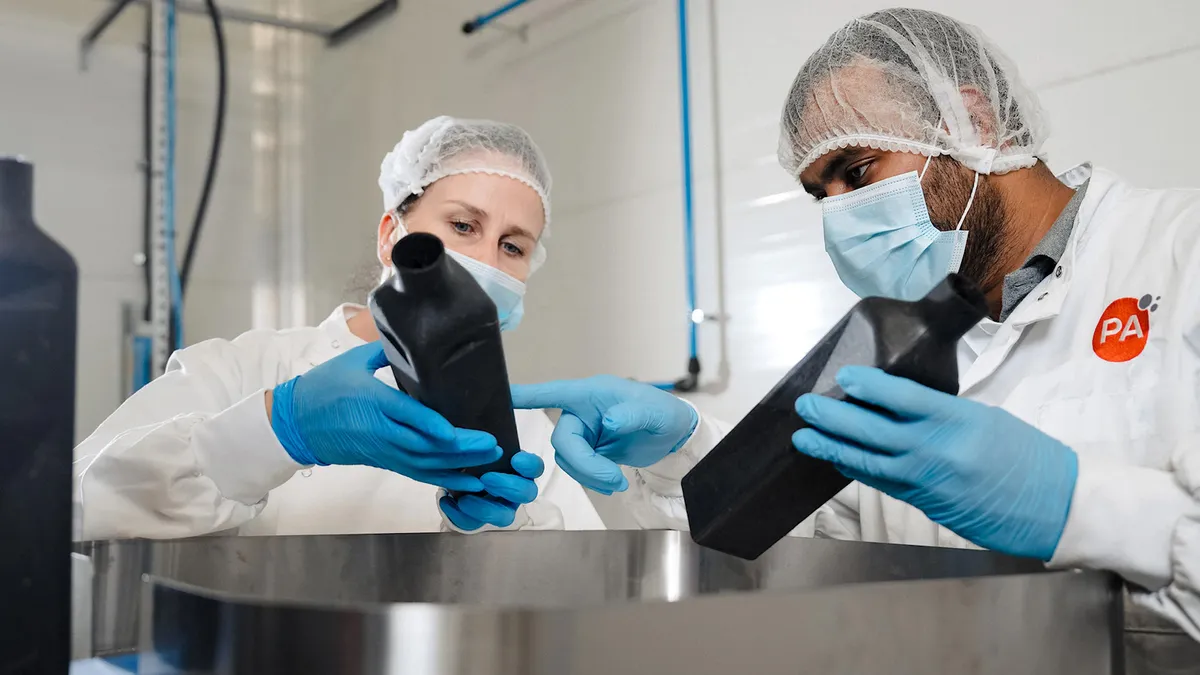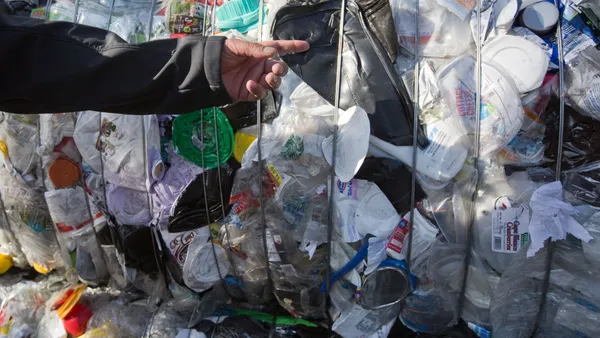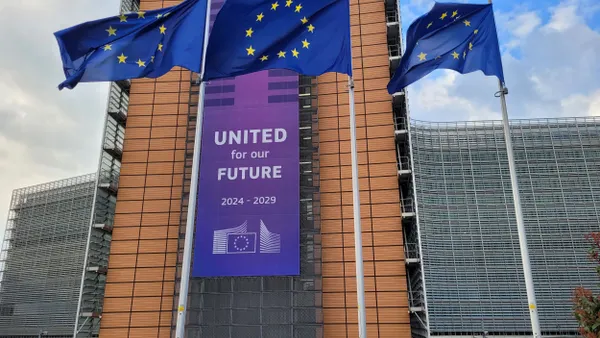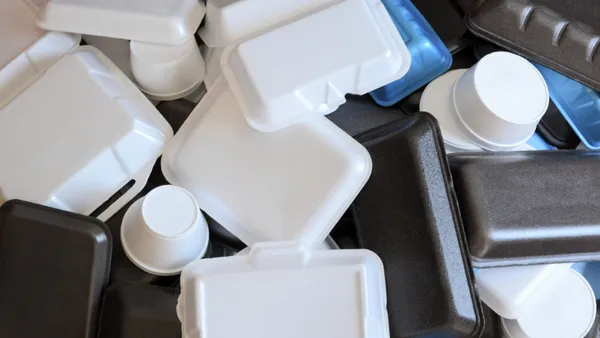The United Nations Environment Programme released the anticipated “zero draft” this week, a key step toward negotiating an international legally binding instrument on plastic pollution – what’s widely referred to as a global plastics treaty.
In 2022, 175 nations agreed to reach such an agreement by 2024. Member states and NGOs convened in Paris earlier this year to advance those efforts and are due to convene again in Nairobi in November to discuss the draft.
The draft includes different possible approaches and language addressing the life cycle of plastics. Among the focus areas are problematic and avoidable plastic products, including short-lived and single-use plastic products; intentionally added microplastics; the reduction, reuse, refill and repair of plastics and plastic products; use of recycled plastic contents; alternative plastics and plastic products; and extended producer responsibility.
The zero draft clarifies that, ultimately, a combination of nationally and internationally determined approaches “may provide the necessary flexibility in implementation,” given the global complexity of addressing pollution across the life cycle of plastic.
The UN says packaging falls under mentions of “plastic products,” but packaging is also explicitly noted under a section addressing product design and performance — namely how to reduce demand for primary plastics; increase the safety, durability, reusability, refillability, repairability and refurbishability of plastics and plastic products; and minimize releases and emissions from plastics.
In that section, the draft puts forward an option for nations to require that plastic products follow minimum design and performance criteria, certification procedures and labeling requirements. An alternate option suggests that nations would adopt regulatory schemes to reduce the use of plastics across the value chain, including in product packaging.
Erin Simon, vice president and head of plastic waste and business at WWF, acknowledged the draft’s wide range of options. “Later this fall, negotiators will have a choice and they must choose ambition. By placing strong emphasis on eliminating high-risk, single use products paired with mechanisms for prevention, reduction and effective recycling and reuse throughout the entire lifecycle of plastics, only then can we have any hope of seeing a future with no plastic in nature,” Simon said in a statement.
As one example of that range: the EPR section includes one option for language asserting that each party establish EPR systems, and one that simply encourages it.
Break Free From Plastic, a coalition of organizations and individual supporters of plastic pollution solutions, wrote in a statement that promising areas of the draft include options for progressive reduction of plastic production; elimination of polymers and chemicals of concern as well as problematic short-lived and avoidable plastics; and the recognition of the need for reuse targets. BFFP described text on recycled content and extended producer responsibility as “potentially problematic and ambiguous.”
“Without ambitious standards, these areas could misplace the emphasis on recycling and waste management measures, undermining the treaty's effectiveness,” the statement reads.
Crystal Dreisbach, the newly appointed CEO of reuse-focused organization Upstream, said that while the group is yet to come out with a formal position statement on the first draft, it remains excited about the prospect of the global agreement and acting as a partner and advisor. Dreisbach said the group hopes national plans include reuse solutions to address plastic pollution, and also that the agreement ought to address and protect environmental justice concerns and acknowledge plastic pollution’s link to climate change.



